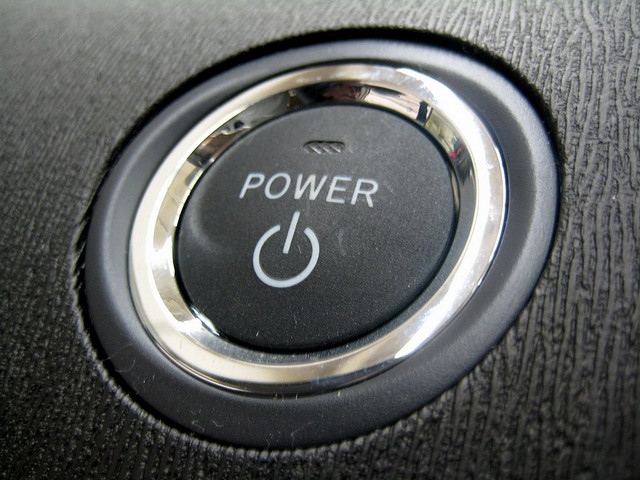
Many people want—even crave—to be leaders so that they can and will have “power over people.” Many leaders want to advance further up the leadership chain of command so that they will have ever-increasing power over people. Power, particularly perceived power over people, is very addictive. For many leaders, their addiction to perceived power over people drives their entire personal, professional, and organizational agenda. Many do not even realize it, but they feed and thrive on power, more power and still more power.
This is precisely the opposite of what should be and what is most healthy and effective for all concerned, including the leader. People should want, and even crave, to be leaders so that they can and will “do good for people.” Leaders who want to advance further up the leadership chain of command should be driven by increasing opportunities to “do more good for more people.” Doing good for people is also very addictive. For these leaders, their desire to do good for people drives their personal, professional and organizational agenda. They realize that they too feed and thrive on power, more power, and still more power… to do ever-increasing good for people.
As a leader, are you driven by attaining and increasing your “power over people?” Or, are you driven by attaining and increasing your “power to do good for people?”
There is a world of difference, including short and long-term results, between these two approaches. Your personal and professional happiness, joy, fulfillment, effectiveness, relationships, and legacy will be drastically different depending on which of these two approaches you allow to drive you.
The choice is yours. As for me, I choose seeking opportunities and power to do good for people. Nothing else really matters!
Bill Treasurer said it well: “Effective leadership isn’t about having power over people, it’s about doing good for people.”

